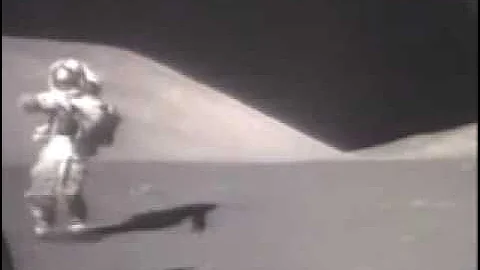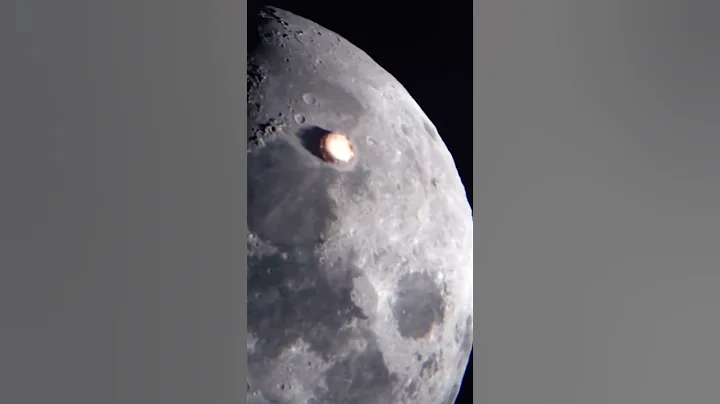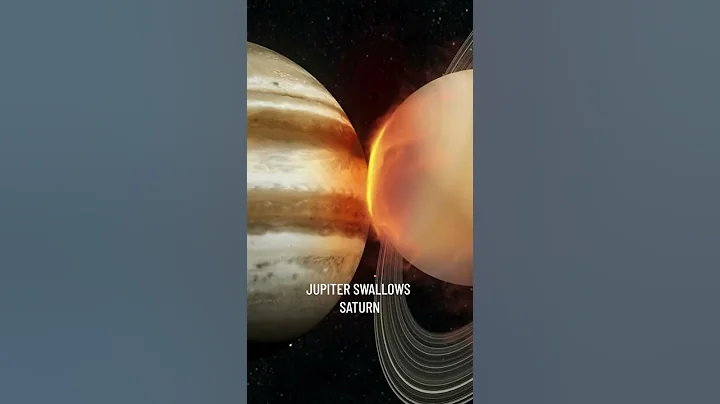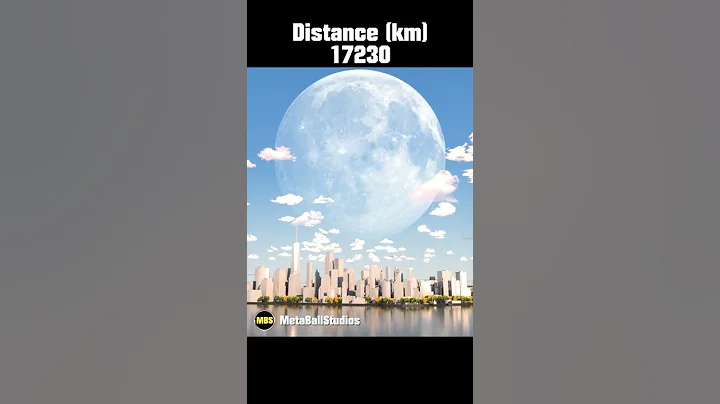The moon is the earth's only satellite. It is also the farthest planet that humans have launched the largest number of detectors and the farthest planet that humans have ever reached. Since the United States implemented the Apollo program in the late 1960s and early 1970s and sent 12 astronauts to the moon, no human has set foot on the moon again in more than 50 years.
With the great achievements of my country's Chang'e lunar exploration project, lunar soil samples were returned to the earth again decades later, and our country clearly stated in the aerospace white paper that it will implement a manned lunar landing program in the next few years, and Our achievements and future grand plans to build a permanent lunar base on the moon have deeply stimulated some major space powers, led by the United States, to restart lunar exploration programs. Among them, the Artemis program of the United States is the most famous.

However, due to the impact of various factors such as funding and technology, the implementation of the first phase of the Artemis program is very difficult. You should have seen many times on the Internet that since this year, the United States NASA has implemented many tasks related to the program. The test work of the rocket's "wet rehearsal" (that is, injecting fuel into the rocket) has failed several times in a row. The launch time of its first-stage unmanned rocket has been pushed back again and again. It is certain that the Artemis plan will finally be implemented. The time for subsequent manned exploration missions will also be postponed accordingly.

Although the rocket launch mission for the first stage of returning to the moon has not yet been decided, NASA has begun to implement another important component of the Artemis program, namely the construction of the lunar orbit space station . No, on June 28, NASA in the United States launched a "CAPSTONE" satellite to the moon through Rocket Laboratory's "Electron Rocket".

"CAPSTONE" satellite is the first satellite launched by NASA in the United States to implement the construction of lunar orbit space station . Its main function is to carry out technical operations and navigation experiments of the Earth-Moon autonomous positioning system. Several such satellites will be launched in the future, thus Forming a satellite communication hub to provide basic guarantee and convenience for regular round trips from the moon and the earth. The basic module of
"CAPSTONE" satellite is CubeSat, which is a cube structure with a side length of about 10 centimeters. It weighs only about 2 kilograms and can be easily carried by hand. The "CAPSTONE" satellite launched through the "Electron Rocket" contains 12 such modules. The final satellite is basically about the size of a microwave oven, so such a satellite is also called a "cube satellite."

According to public information, the first "CubeSat" that has been launched will arrive on the moon on November 13. Seeing this, many friends are probably shocked. The distance between the moon and the earth is only 380,000 kilometers. Even in the Apollo moon landing program 50 years ago, it only took 3 days to get from the earth to the moon. Why? "CubeSat" takes more than 4 months?
Turns out it’s all about capital investment.
NASA in the United States has actually launched more than 1,800 such cube satellites between 1998 and June 2022, but most of them are orbiting above the earth, and only two arrived with the InSight probe. Mars. In 2019, NASA contracted private company Advanced Space to build CAPSTONE for $13.7 million. Everyone should know that even the simplest large-scale lunar probe may cost an order of magnitude more than a CubeSat.

Therefore, with its significant low cost, CubeSats have become an important choice for space exploration by some developing countries, research groups, and start-up companies that lack aerospace technology. In order to control costs, how to choose the "most fuel-efficient" route when launching cube satellites to the moon has become a key issue for the NASA R&D team.
Therefore, after corresponding simulation calculations, the research team actually found a trajectory line, that is, the ballistic lunar transfer trajectory (BLT). This orbit is a low-energy transmission line. The satellite will rely on the mutual gravity of the sun, the earth and the moon. It orbits the moon along a constant elliptical orbit from one pole of the moon to the other. The peri-lunar point is only about 3,400 kilometers away, while the far-lunar point reaches 76,000 kilometers.

The satellite will be brought to a distance of 1.3 million kilometers from Earth before being pulled back into the Earth-Moon system, where the CubeSat will be released and slowly slide into its desired lunar orbit. It will enter orbit around the moon around November 13 this year. Because of this, it will take more than 4 months for the satellite to reach the moon. In history, no lunar probe has ever flown around the moon in this way, because this route is undoubtedly quite long. Roundabout and time-consuming.

Currently, the launched CAPSTONE is heading towards a nearly straight-line "elliptical orbit". Since this is the first time such a flight has been carried out, NASA must find ways to verify the stability of this orbit and whether it can really "be" used during the satellite's entry into orbit. "Fuel-efficient", it is expected that the satellite will need to stay for at least 6 months after entering the Near Linear Halo Orbit (NRHO) so that researchers can conduct various tests on it.





















